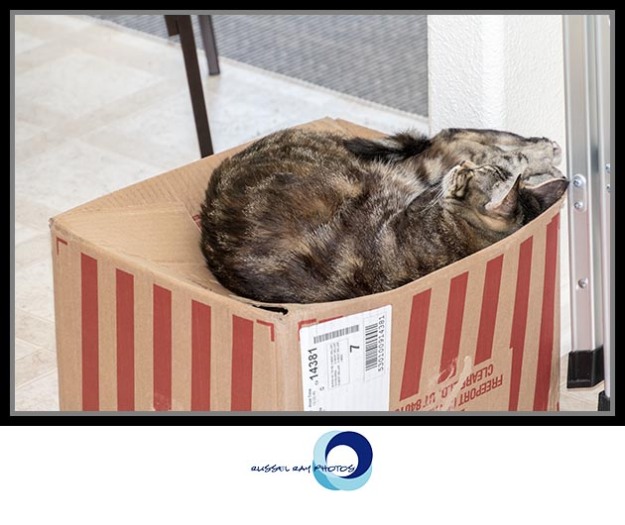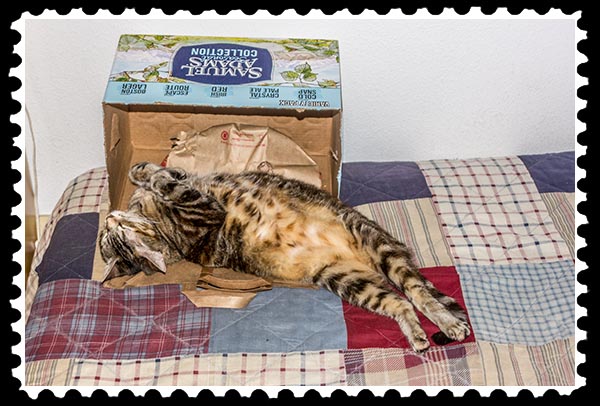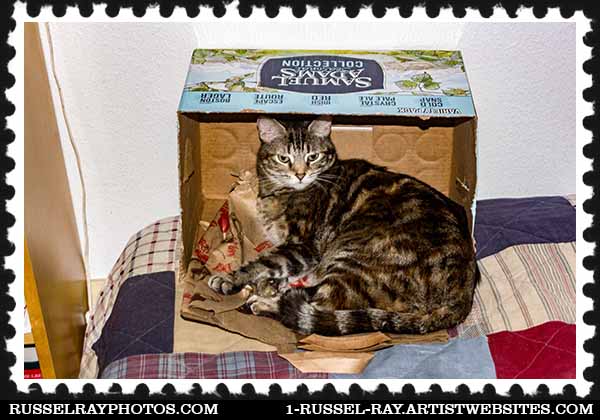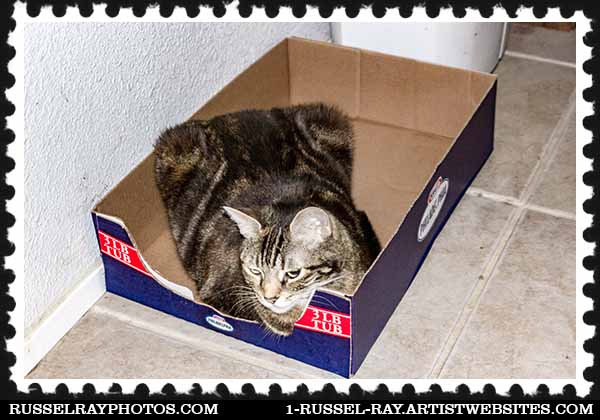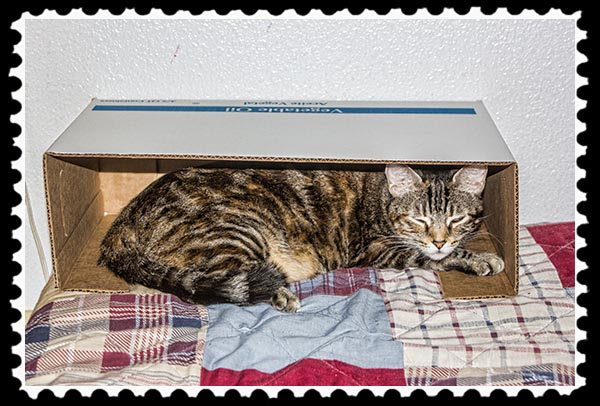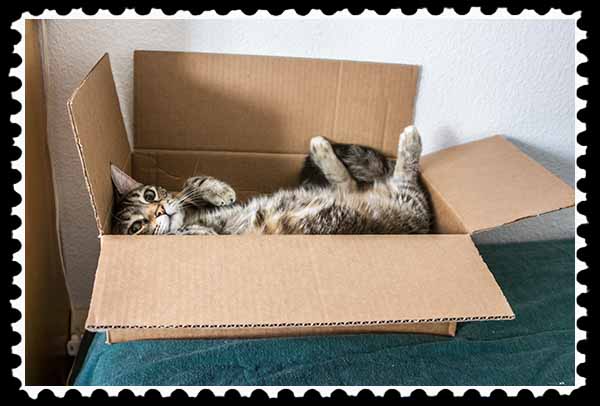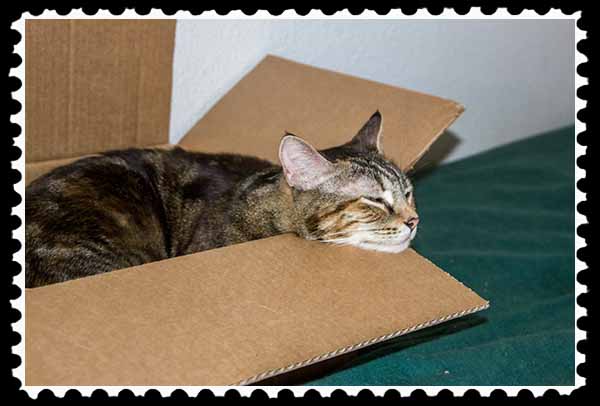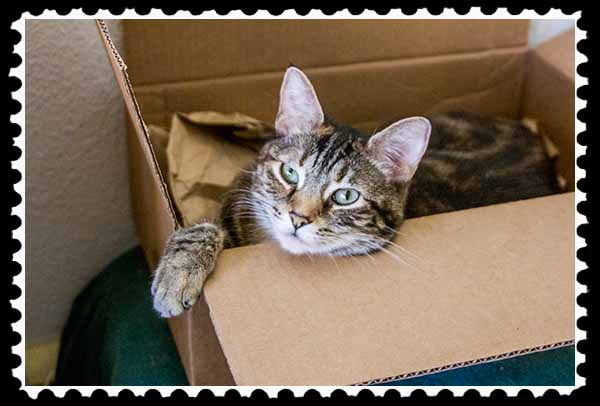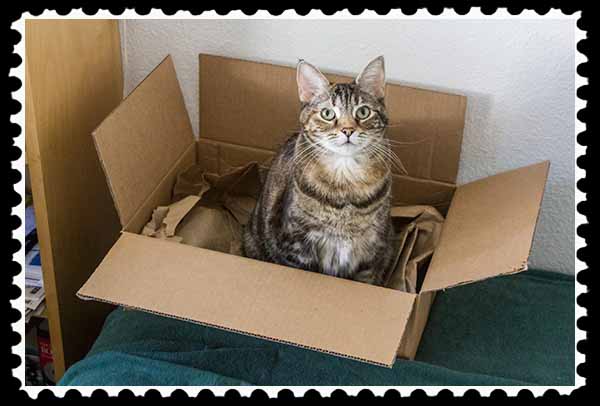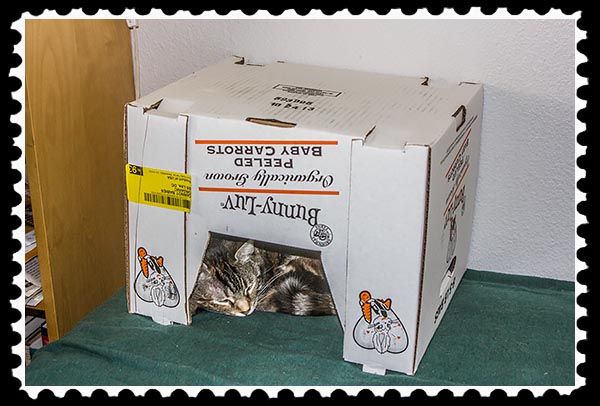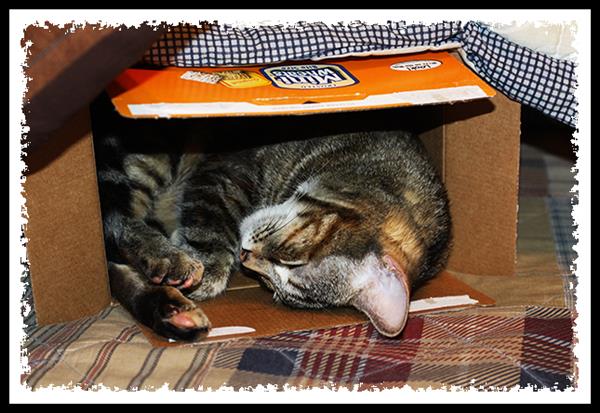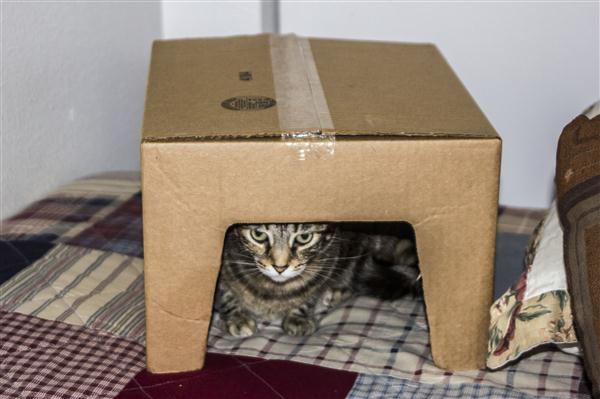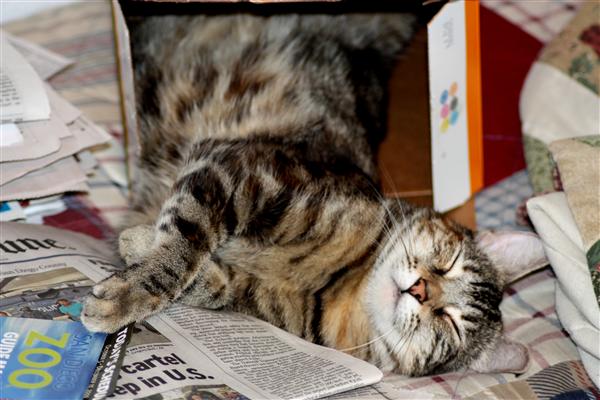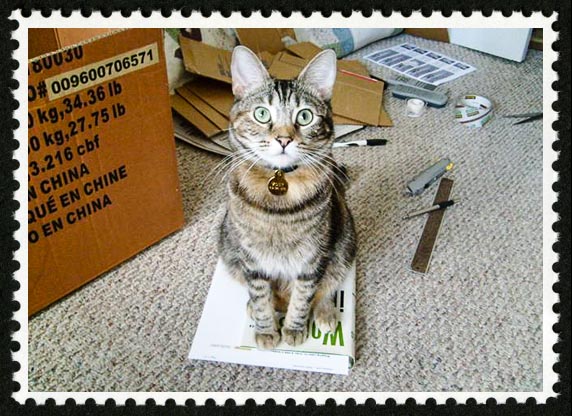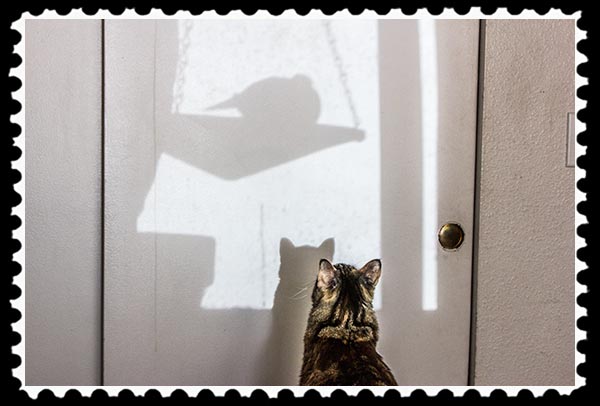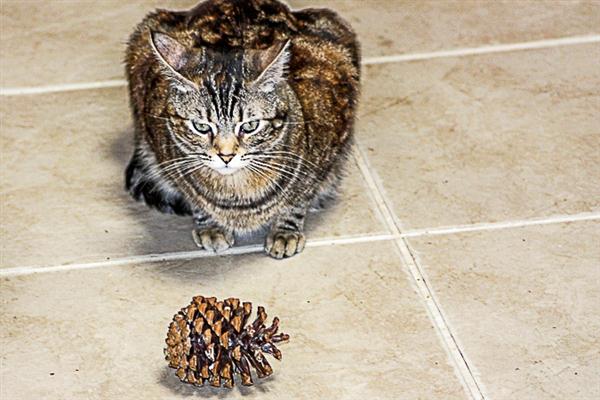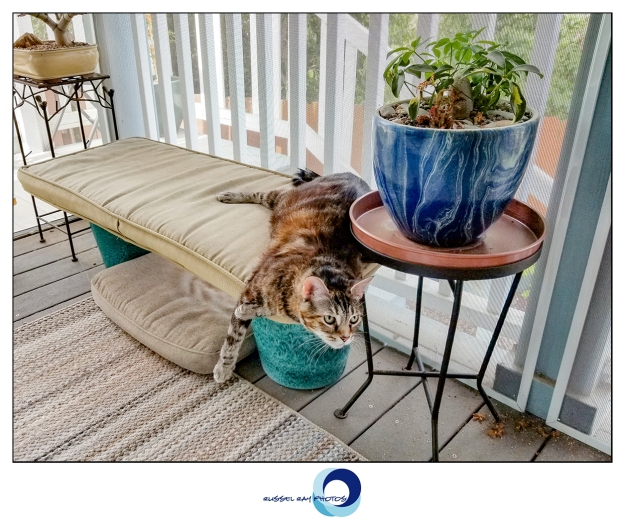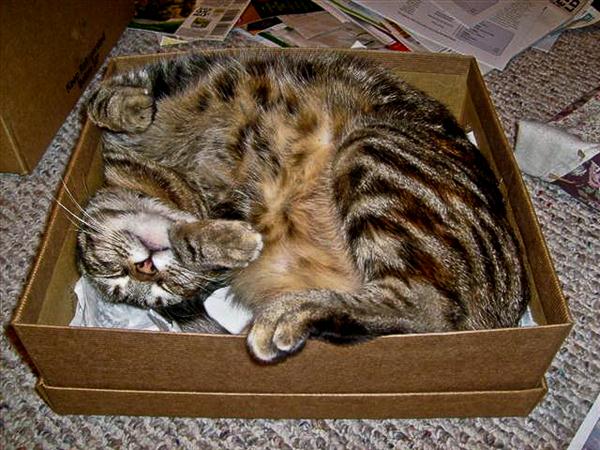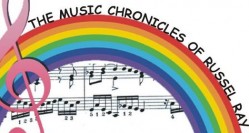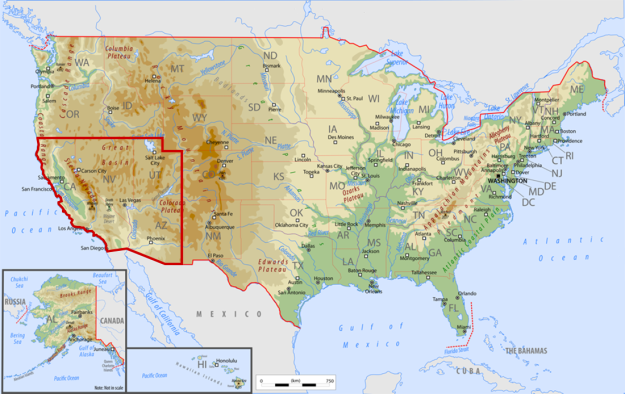 I had so much fun three months this past summer while I was writing my book, Nature’s Geometry: Succulents, that I decided recently to write another book, tentatively titled SSS: Southwest Succulent Staycation. However, in order to write that book, I have to visit quite a few places in Arizona, California, Nevada, and Utah to take pictures.
I had so much fun three months this past summer while I was writing my book, Nature’s Geometry: Succulents, that I decided recently to write another book, tentatively titled SSS: Southwest Succulent Staycation. However, in order to write that book, I have to visit quite a few places in Arizona, California, Nevada, and Utah to take pictures.
If I’m going to leave home and drive for a long distance, I would prefer to do a lot of things on the same trip. For example, to get to Utah, I have to go through Nevada. I’d rather not make one trip to Utah and then another trip to Nevada.
That started me thinking, which always is dangerous with me.
 I decided I would simply catalog all the pictures I do have to make it easier to decide what areas I actually need to go to take pictures. While I’m doing that, I also can send my Nature’s Geometry: Succulents flyer to all the horticulture clubs, plant clubs, gardening clubs, and cactus & succulent clubs in those four states in an effort to get invited to make a presentation to their clubs.
I decided I would simply catalog all the pictures I do have to make it easier to decide what areas I actually need to go to take pictures. While I’m doing that, I also can send my Nature’s Geometry: Succulents flyer to all the horticulture clubs, plant clubs, gardening clubs, and cactus & succulent clubs in those four states in an effort to get invited to make a presentation to their clubs.
If the Ogden Garden Club invites me, I could turn that into a photographic journey and visit a lot of places in Utah on the way to Ogden.
A presentation to the Tucson Cactus & Succulent Society would allow me to visit Organ Pipe National Monument, the Arizona-Sonora Desert Museum, and so many other treat places in Arizona that are on my list.
All of that is well and good, but that would mean I wouldn’t be writing a book until 2021 or 2022. I could be pretty bored between now and then. As I was cataloging some pictures, I got the idea for a shorter book that could be written immediately. Then the mail arrived, bringing three books that I had ordered; two of them pretty much are useless for my purposes. The third, however, confirmed my idea. It’s titled Growing Patterns: Fibonacci Numbers in Nature.

The book is only 32 pages and the text is in a half-inch font. Very little text, mostly pictures. In other words, it’s a children’s book.
A-ha! (not the group).
A children’s book! It would be much easier to write and I could begin immediately after a few more dreams…. Yes, dreams.
Whenever I need to think deeply about something, I go to bed when I’m not tired. Thus, I won’t fall asleep. I’ll simply dream about what I want to do, and additional ideas pop into my mind.
I guess it’s a form of daydreaming since I’m what the medical community calls a polyphasic sleeper. In other words, I never sleep more than three or four hours, and that’s very rare. Usually I take a 30-60 minute nap and then work for 3-4 hours. Repeat throughout the day, every day, 24/7, 365 days (except in leap years, 366 days).
I have had several dreams about this idea so far and I’m almost settled on what I want to do: A children’s book titled (tentatively) Numbers, Letters, Colors & Shapes: Nature helps your child learn.
I’m thinking for ages up to 8. I’ll entertain comments about the age.
 Numbers could be the numbers of petals in a flower, number of plants in a landscape, number of tree branches….
Numbers could be the numbers of petals in a flower, number of plants in a landscape, number of tree branches….
Letters could be apple, bear, cat, dog, elephant, fox, goat, horse, igloo….
I could get flora and fauna representing every color on a color wheel….
There are so many shapes in flora and fauna: circles, stars, triangles….
Since it is a children’s book, it should be rather short. Letters would need to be at least 26 pages, so maybe this idea could morph into four children’s books:
-
-
-
- Nature Teaches
Numbers - Nature Teaches
Letters - Nature Teaches
Colors - Nature Teaches
Shapes
- Nature Teaches
-
-
 I might be able to make this into 8 books:
I might be able to make this into 8 books:
-
-
-
- Animals Teach
Numbers - Animals Teach
Letters - Animals Teach
Colors - Animals Teach
Shapes - Plants Teach
Numbers - Plants Teach
Letters - Plants Teach
Colors - Plants Teach
Shapes
- Animals Teach
-
-
I think I might have stumbled upon a way to use the billions of pictures I have!

 I became a fan of zoos after my first visit to the Gladys Porter Zoo in Brownsville, Texas, in summer 1966. If I had never seen a giraffe, or an elephant, or a rhinoceros, or a hippopotamus…. I never would have taken such an interest in their plight in the world.
I became a fan of zoos after my first visit to the Gladys Porter Zoo in Brownsville, Texas, in summer 1966. If I had never seen a giraffe, or an elephant, or a rhinoceros, or a hippopotamus…. I never would have taken such an interest in their plight in the world. A couple of years later, a real live monkey showed up in our yard. My wise old grandmother told me to give it a banana. I though that was only in cartoons. The darn thing ate it. And as with just about any animal, if you feed it, it’s yours.
A couple of years later, a real live monkey showed up in our yard. My wise old grandmother told me to give it a banana. I though that was only in cartoons. The darn thing ate it. And as with just about any animal, if you feed it, it’s yours. Then, one day, people showed up to take Cheetah. They were people from the San Antonio Zoo. A monkey was considered an exotic pet, and exotic pets were not allowed in Kingsville, Texas. We had to let them capture Cheetah and take him away.
Then, one day, people showed up to take Cheetah. They were people from the San Antonio Zoo. A monkey was considered an exotic pet, and exotic pets were not allowed in Kingsville, Texas. We had to let them capture Cheetah and take him away. I don’t know whether or not Cheetah recognized me, but to this day I believe he did. All one has to do is watch YouTube videos about animals recognizing those who rescued them, fed them, and cared for them, even after being separated from them for weeks, months, and, in one case, 11 years. Yeah, our animals that we care for know who we are.
I don’t know whether or not Cheetah recognized me, but to this day I believe he did. All one has to do is watch YouTube videos about animals recognizing those who rescued them, fed them, and cared for them, even after being separated from them for weeks, months, and, in one case, 11 years. Yeah, our animals that we care for know who we are. Yesterday, Jim and I went to the Los Angeles Zoo & Botanical Garden. I had never been to the Los Angeles Zoo, but since I have been going to the San Diego Zoo and the Safari Park on a regular basis for 26½ years, I already knew that the Los Angeles Zoo didn’t have anything that I had not already seen. Thus, my main interest was in the Botanical Garden aspect of the zoo with the possible intent of including a section in my forthcoming book, SSS: Southwest Succulent Staycation.
Yesterday, Jim and I went to the Los Angeles Zoo & Botanical Garden. I had never been to the Los Angeles Zoo, but since I have been going to the San Diego Zoo and the Safari Park on a regular basis for 26½ years, I already knew that the Los Angeles Zoo didn’t have anything that I had not already seen. Thus, my main interest was in the Botanical Garden aspect of the zoo with the possible intent of including a section in my forthcoming book, SSS: Southwest Succulent Staycation. The Los Angeles Zoo opened in 1966, so it’s about fifty years younger than the San Diego Zoo. However, at 133 acres, it is 33 acres larger. However, there are only about 1,400 animals residing at the Los Angeles Zoo. After walking the whole zoo yesterday, I would guess that about 70 acres is simply unused land. Jim and I always are tired after a trip to the San Diego Zoo. We didn’t experience that after walking the Los Angeles Zoo.
The Los Angeles Zoo opened in 1966, so it’s about fifty years younger than the San Diego Zoo. However, at 133 acres, it is 33 acres larger. However, there are only about 1,400 animals residing at the Los Angeles Zoo. After walking the whole zoo yesterday, I would guess that about 70 acres is simply unused land. Jim and I always are tired after a trip to the San Diego Zoo. We didn’t experience that after walking the Los Angeles Zoo. I was disappointed in the zoo but I might be unreasonably comparing it to the San Diego Zoo and Safari Park. The L.A. Zoo was quite busy yesterday. However, it needs a serious cleaning, including a parking lot renovation. The asphalt probably is the original asphalt from when the zoo opened in 1966. The whole place was overgrown with weeds. Deciduous trees had dropped all their leaves; unfortunately, all over the exhibits, making a mess of them, making a mess of any horticultural exhibits beneath the trees, making a mess of the various play areas for children.
I was disappointed in the zoo but I might be unreasonably comparing it to the San Diego Zoo and Safari Park. The L.A. Zoo was quite busy yesterday. However, it needs a serious cleaning, including a parking lot renovation. The asphalt probably is the original asphalt from when the zoo opened in 1966. The whole place was overgrown with weeds. Deciduous trees had dropped all their leaves; unfortunately, all over the exhibits, making a mess of them, making a mess of any horticultural exhibits beneath the trees, making a mess of the various play areas for children.














